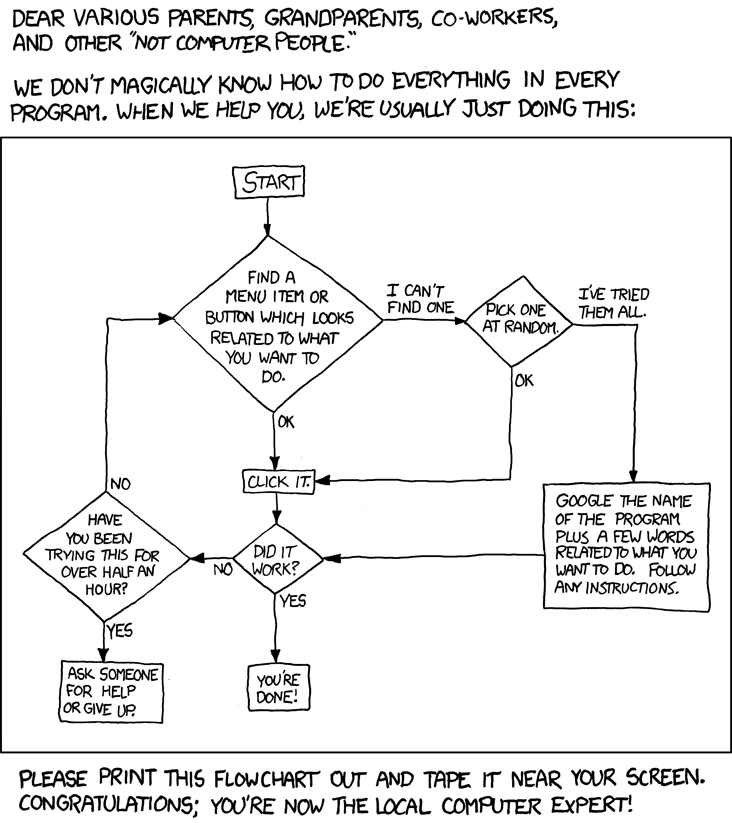Jessica Lipnack provides an excellent set of tips and best practices for making conference calls more productive. For all the time I spend on calls, I frequently find them immensely frustrating. I plan on incorporating these practices in whatever calls I can influence. I’ve excerpted a few highlights here:
Could you please repeat the question?
As promised, best practices for conference calls. Not surprisingly, I’ve discovered that I’ve done quite a few posts on the topic, for instance, here and here and here.
…
And…why did I title this post the way I did? Surefire way to know if someone isn’t paying attention on a call: When asked to comment, they have no idea what they’re commenting on, thus, they say, "[see title]."
- No agenda, no meeting.
- Avoid status reporting
- Use screen sharing
- Rotate facilitator, note taker, timekeeper, "break" buddies
- Keep notes, display them, distribute immediately
- Check-in: go around face clock
- Get voices in room with "ice breaker" question
- Say your name each time you speak
- Generate heat: Discuss, disagree, decide
- Check-out around clock
…
The notion of a "face clock" is one of those wonderfully simple and powerful ideas that are so obviously useful once someone else has come up with them:
…6. Check in. Face clock? I better post that right here. One of the graphics that is useful for keeping people aware of one another has each person’s face at a particular hour on the clock. (Thanks, Tom Kunz, for inventing this idea and for allowing us to continue to use this graphic.)
Could you please repeat the question?
Jessica Lipnack
Thu, 08 Oct 2009 21:03:17 GMT
You would do well to read the entire post (you should be following Jessica’s blog anyway).







